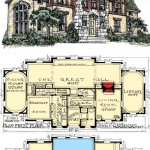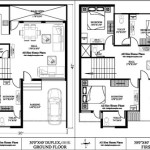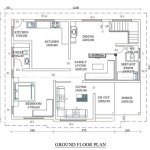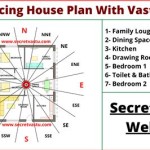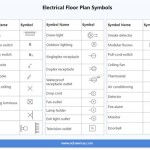Drawing Up House Extension Plans
Planning a house extension can be an exciting and rewarding experience, but it's important to start with a solid plan. One of the most important steps in this process is drawing up house extension plans. Here are some key considerations to keep in mind. ### 1. Determine Your Needs and Goals: Start by clearly defining your needs and goals for the extension. Consider the reasons behind your decision to extend, such as adding more space for a growing family or creating a dedicated home office. What specific areas of your home need improvement? What additional features would you like to incorporate? ### 2. Research and Gather Inspiration: Take some time to gather inspiration and research potential designs and layouts for your extension. Look at magazines, websites, and social media platforms for ideas. You can also visit local showrooms or open houses to see real-life examples of house extensions. ### 3. Measure and Sketch: Once you have a general idea of what you want, it's time to start measuring and sketching your existing home. This will help you understand the available space and how the extension will integrate with the existing structure. ### 4. Consult with Professionals: If you're not comfortable creating your plans, it's advisable to hire qualified professionals like architects or designers. They will have the expertise and experience to help you develop detailed, functional, and aesthetically pleasing plans. ### 5. Consider Local Regulations and Permits: Check with your local authorities to understand any building regulations or permits required for the extension. Make sure your plans comply with these regulations to avoid delays and legal issues. ### 6. Incorporate Structural and Energy Efficiency Aspects: When drawing up your plans, consider structural elements like foundations, load-bearing walls, and roof design. Also, think about energy efficiency measures such as insulation, energy-saving windows, and renewable energy sources. ### 7. Include Detailed Measurements and Specifications: Make sure your plans include precise measurements, dimensions, and specifications for all aspects of the extension, such as room sizes, windows, doors, and finishes. This will help contractors provide accurate quotes and avoid misunderstandings during construction. ### 8. Consider the Flow of Your Home: Think about how the extension will connect to the existing layout of your home. Ensure that the new space flows seamlessly and provides a coherent living experience. Consider factors like room adjacencies, traffic flow, and the overall functionality of the extended space. ### 9. Consider Exterior Design and Landscaping: Don't just focus on the interior. Think about how the extension will impact the exterior appearance of your home and the surrounding landscape. Consider materials, colors, and design elements that complement your home's architectural style. ### 10. Review, Revise, and Finalize: Once you have a draft plan, review it thoroughly and make any necessary revisions. Consider feedback from family members or professionals. Once you're satisfied with the plans, finalize them and prepare to move forward with the construction phase. Drawing up house extension plans is a critical step in ensuring a successful project. By following these steps and collaborating with professionals when needed, you can create well-thought-out plans that meet your needs, comply with regulations, and enhance the value and enjoyment of your home.
7 Steps To Build A House Extension Mona Architecture

Home Extension Typical Section Ral Colours House Extensions Parapet

Free House Design Home And Plans

How To Draw Blueprints For A House With Pictures Wikihow

Terraced House Extension Plans
Ppco Guide How To Build A Home Extension 3 Planning Permission The Practical Company

Easy 3d Home Design Interior Exterior Cedreo

2024 Cost Of Drafting House Plans Blueprints Homeguide

Building An Extension In 2024 Extensions 101 Checkatrade

Floor Plan Design Tutorial

